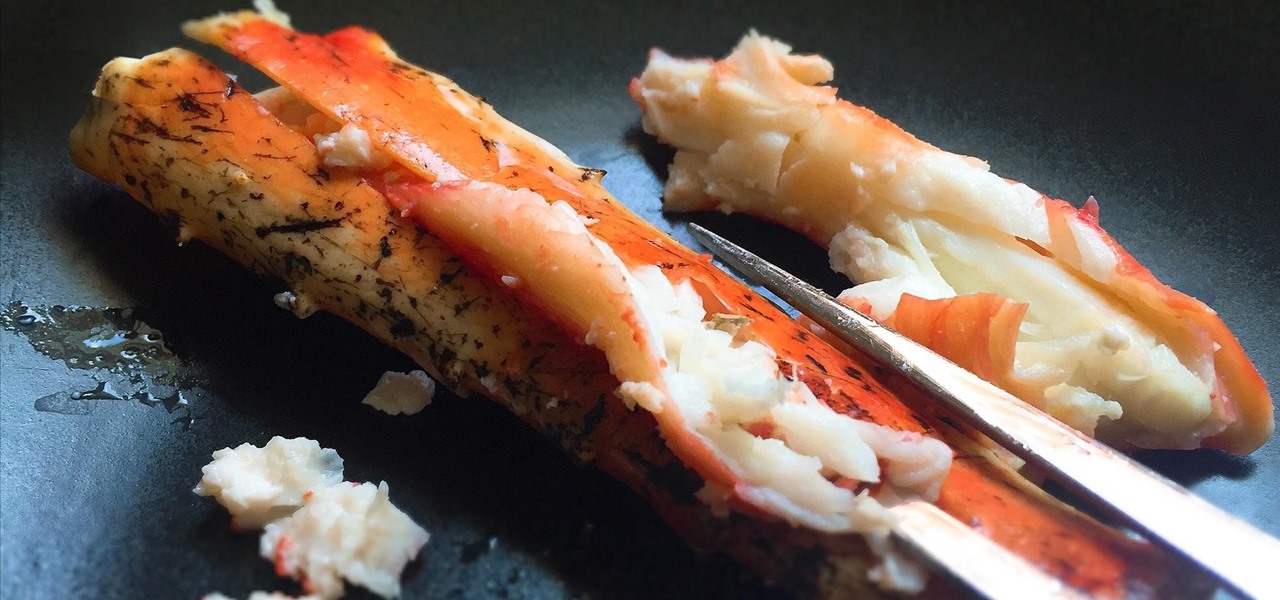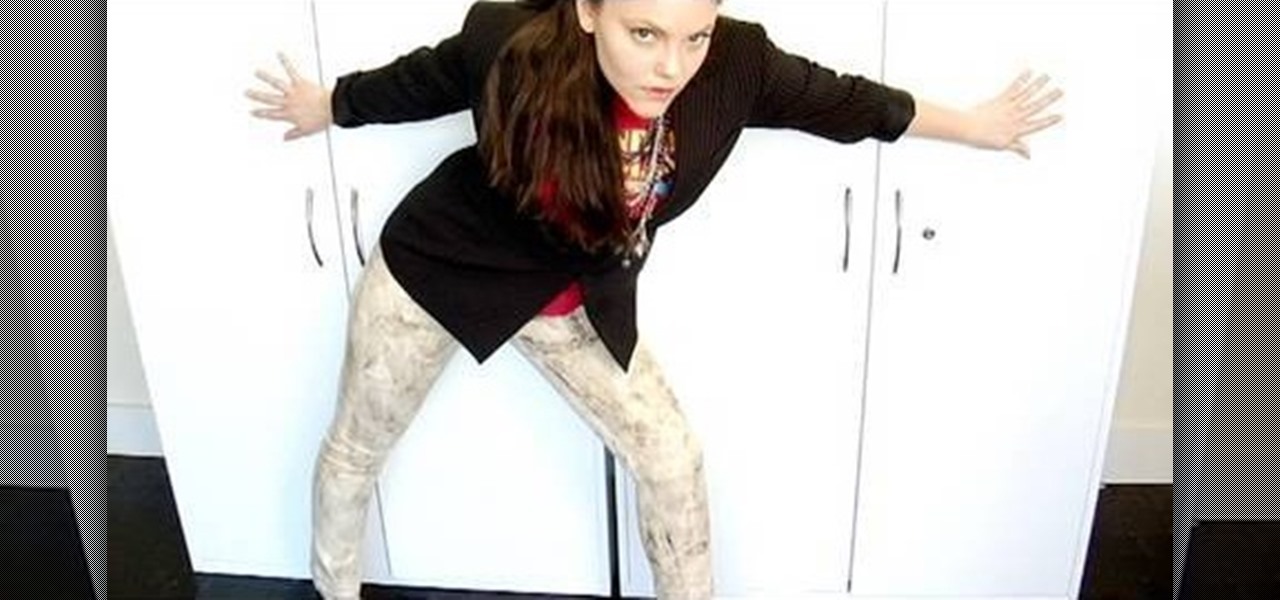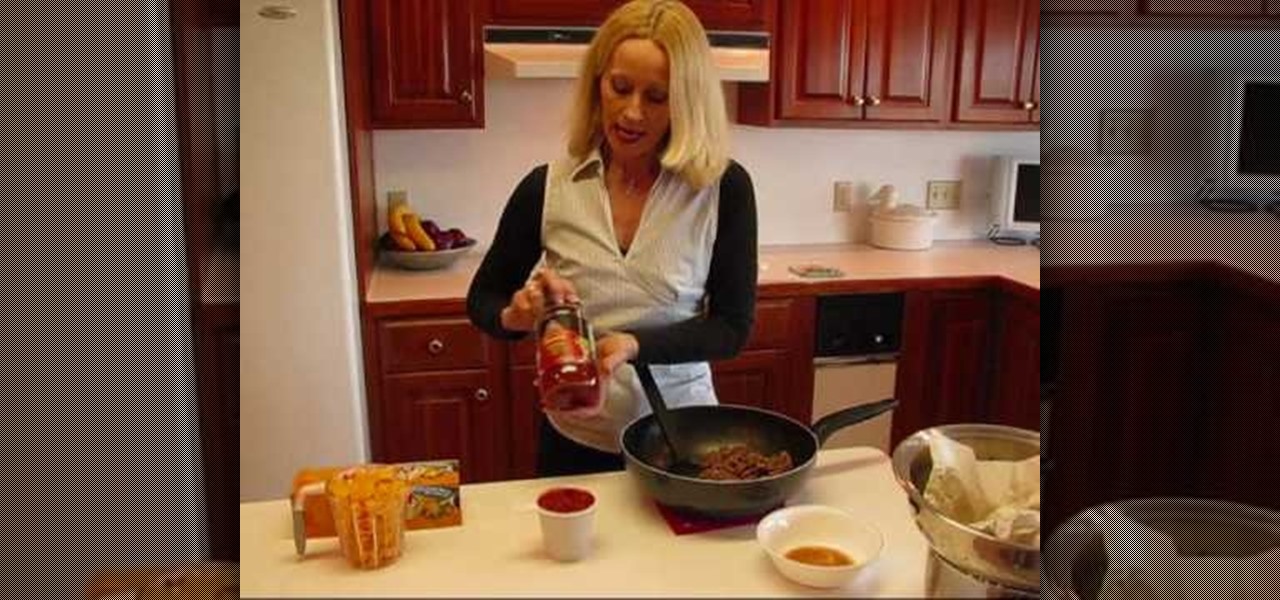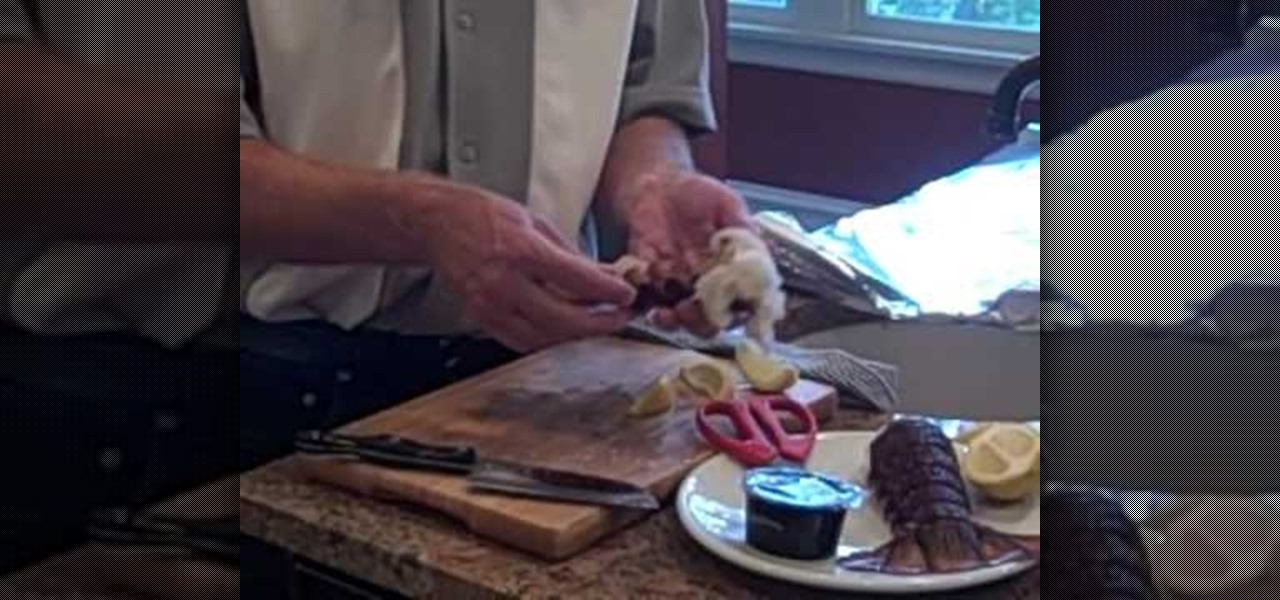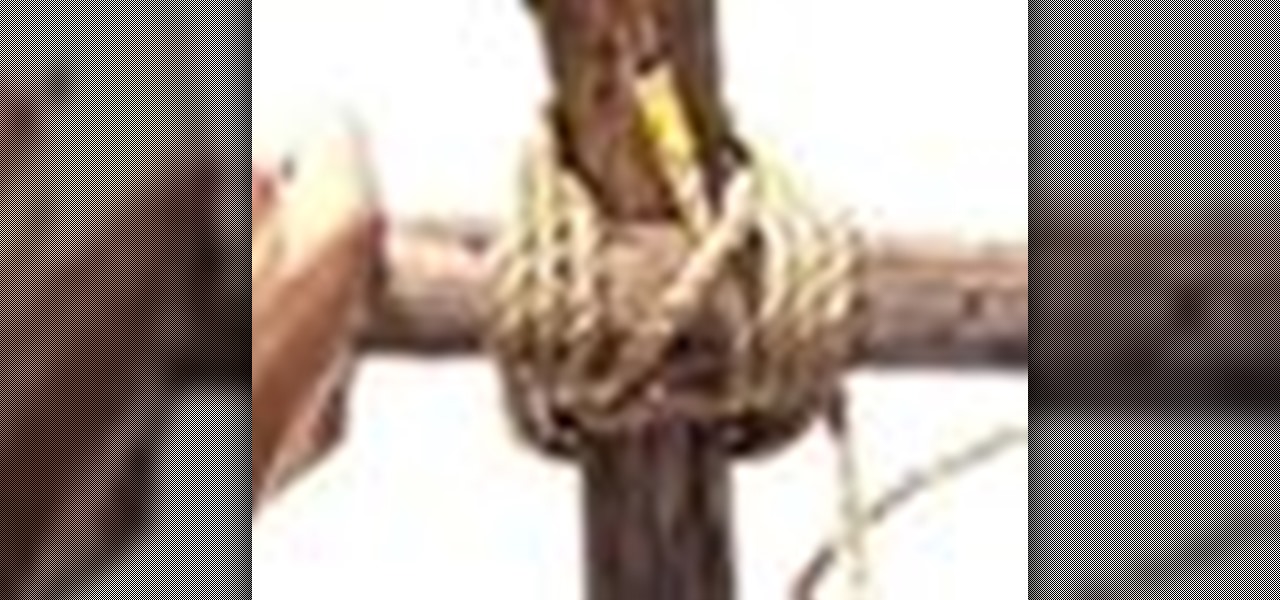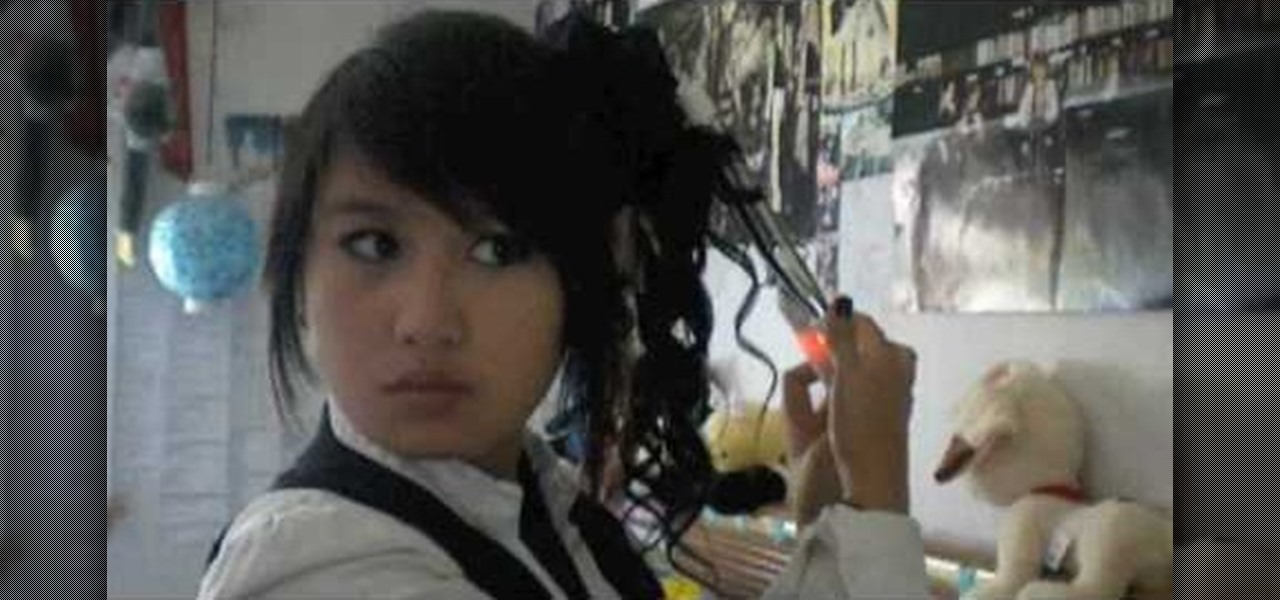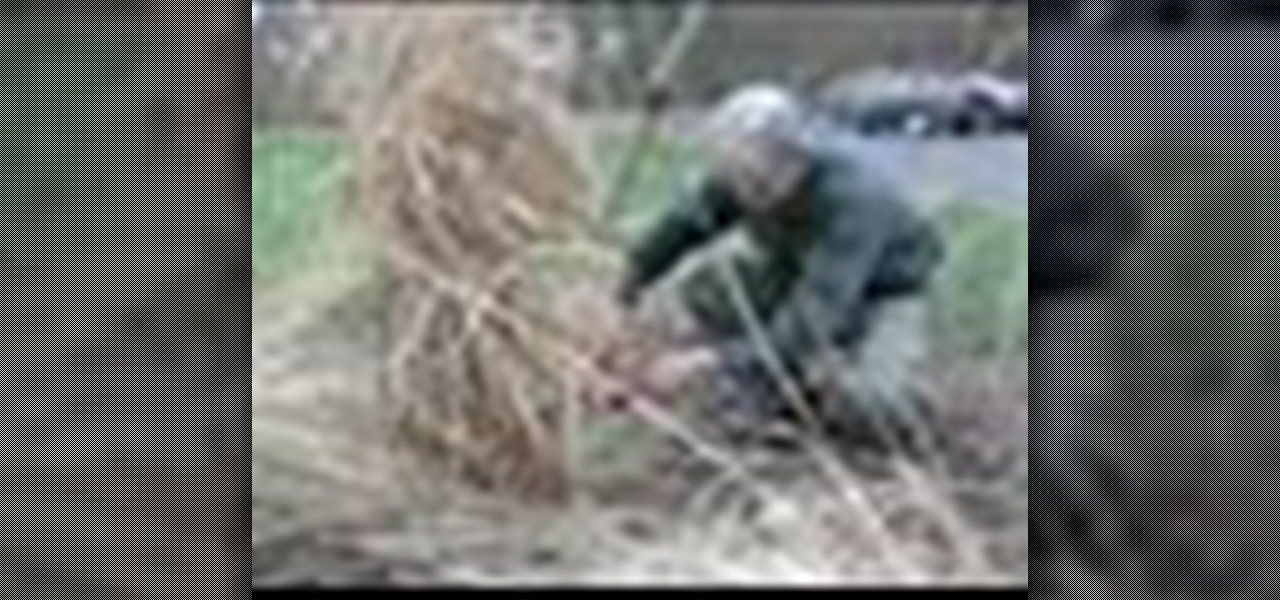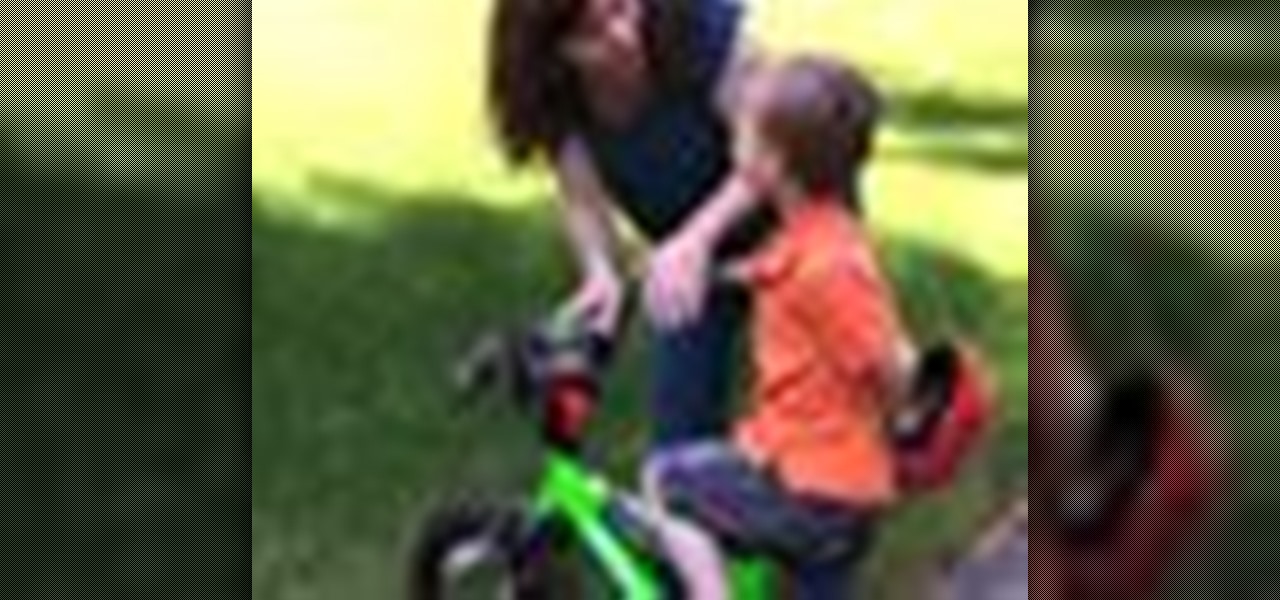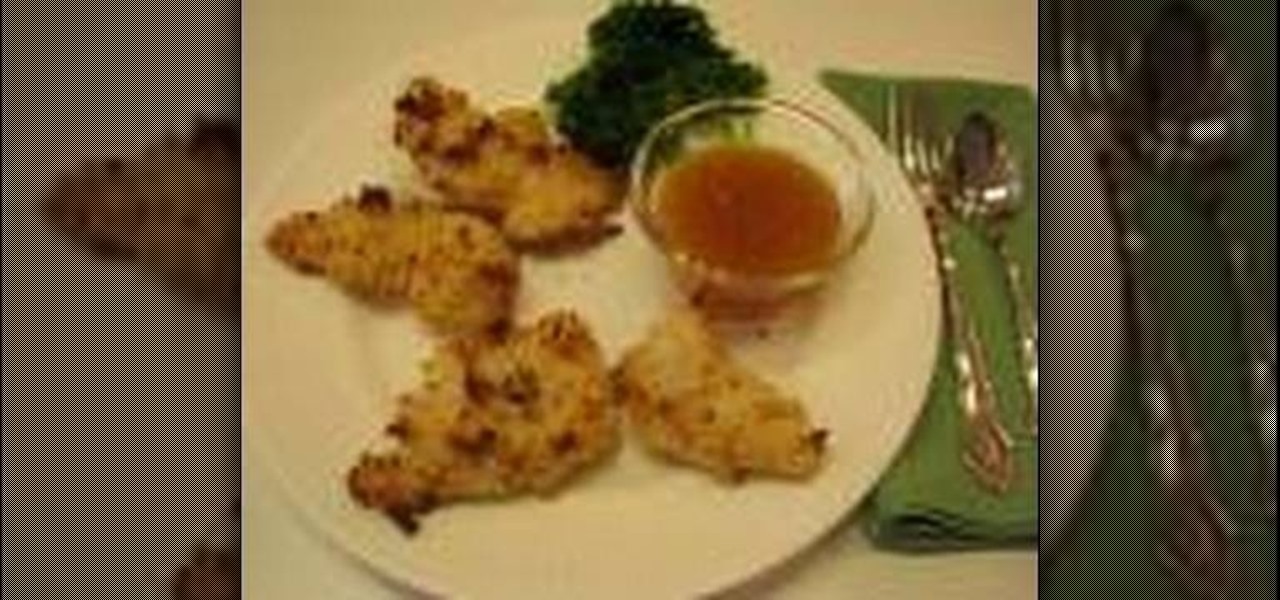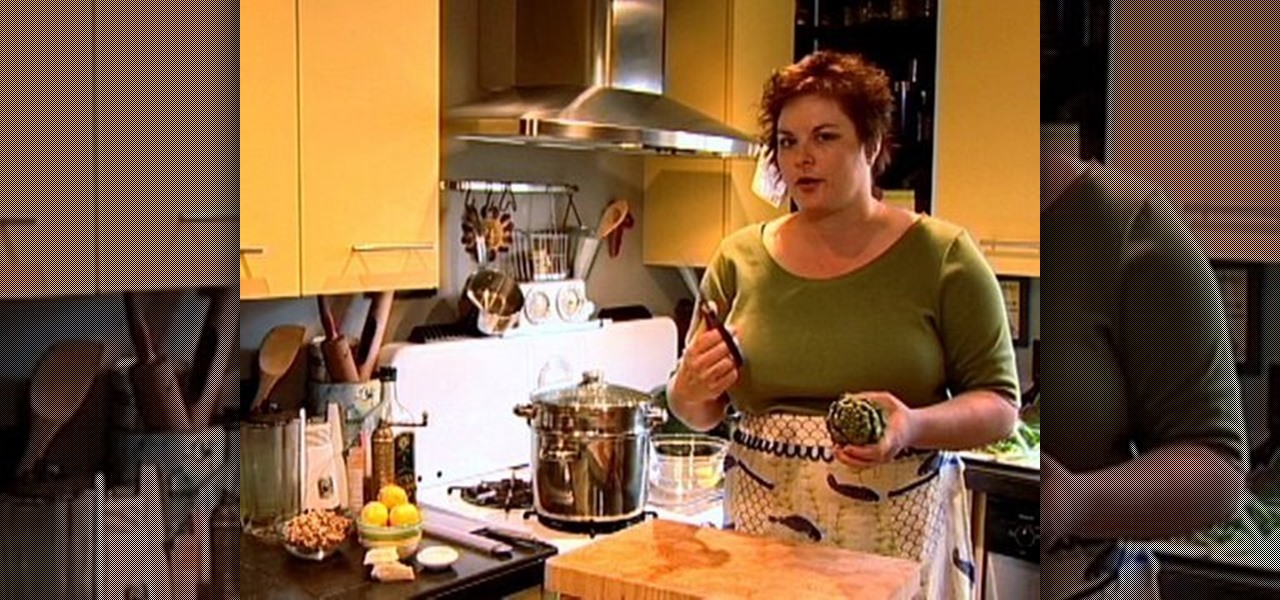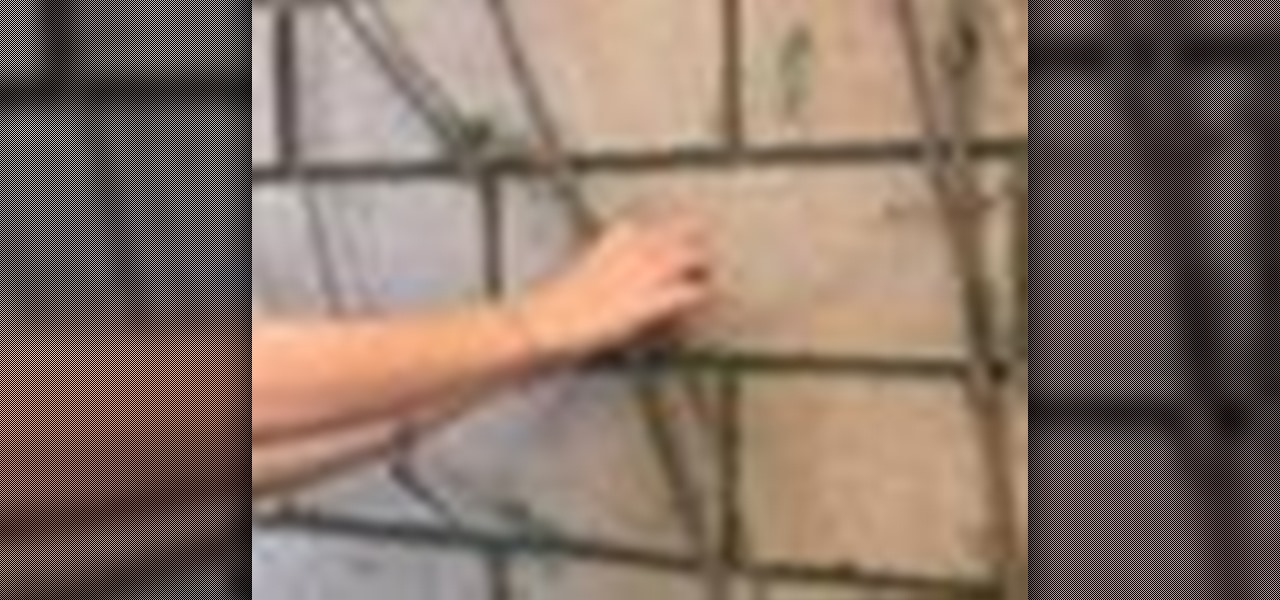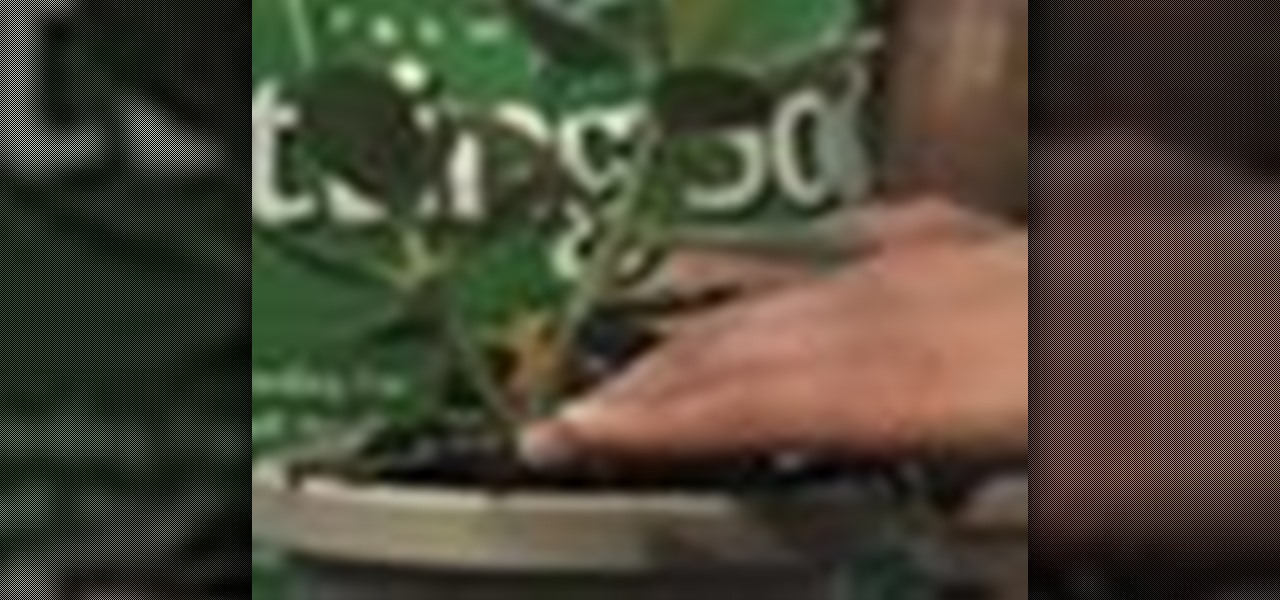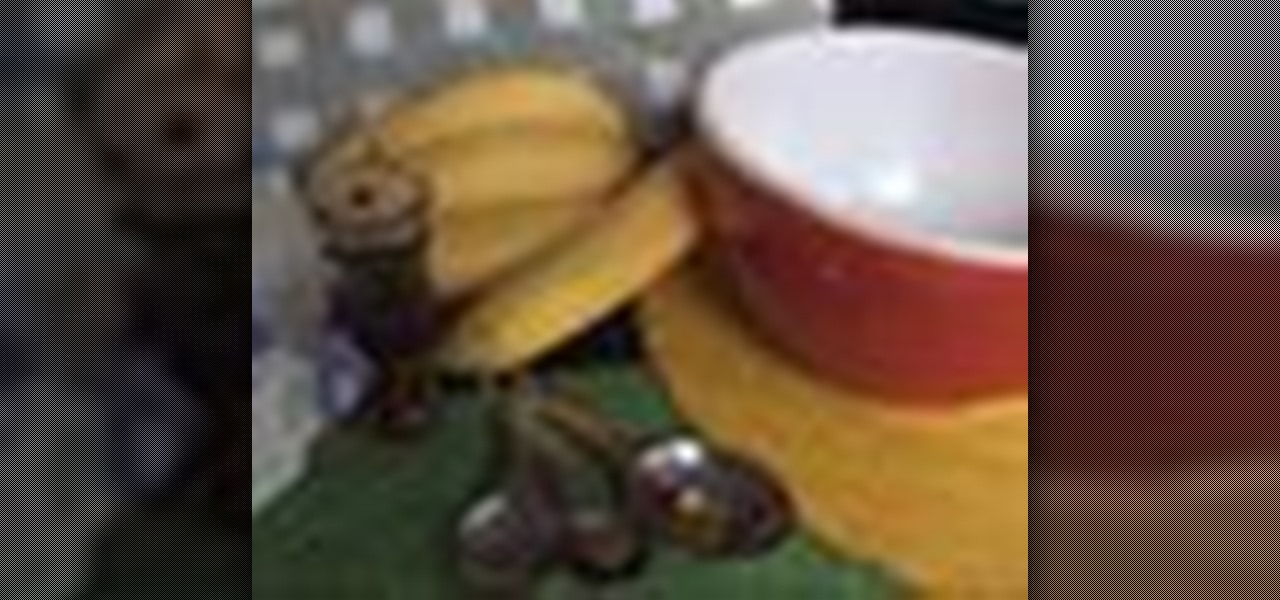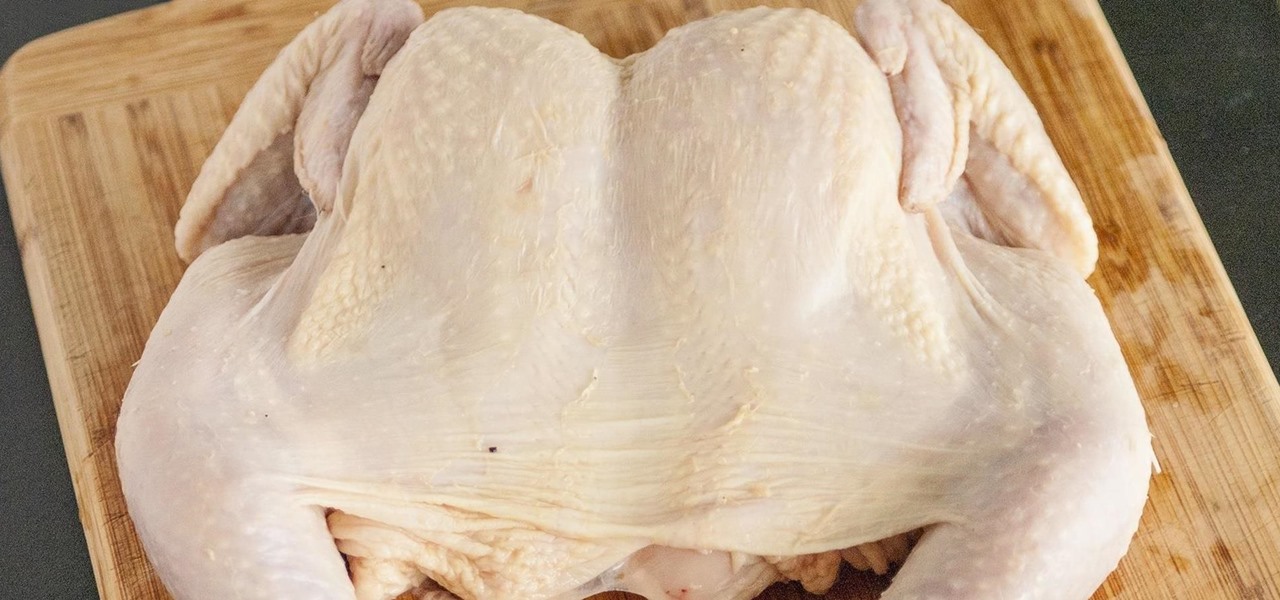
Twiggy, Mia Farrow, and recently, Mia Wasikowska have all done it. Short, pixie-cut hair has been the hairstyle of choice for liberal prepsters for several decades now, the symbol of modernity and hipness.

Layered hair is one of the most versatile styles around, allowing natural movement, creating texture, and framing the face. You can wake up every morning looking like a supermodel by getting your hair layered.

It's a known fact that women want the hair opposite of what they have. Those with curly hair try to straighten their locks, while those with straight hair try to add curls.

In this video, Shirley shows her viewers an effective way to multiply your red fountain grass in order to create more grass from a single plant. After the growing season, find a large, overgrown patch of grass and use a shovel to dig out a section by the roots. After planting the grass in a pot, it is crucial that you shear the top of the plant so that the grass is only 4 to 5 inches tall. This will ensure that the plant focuses on growing roots rather than its blades at the moment. This meth...
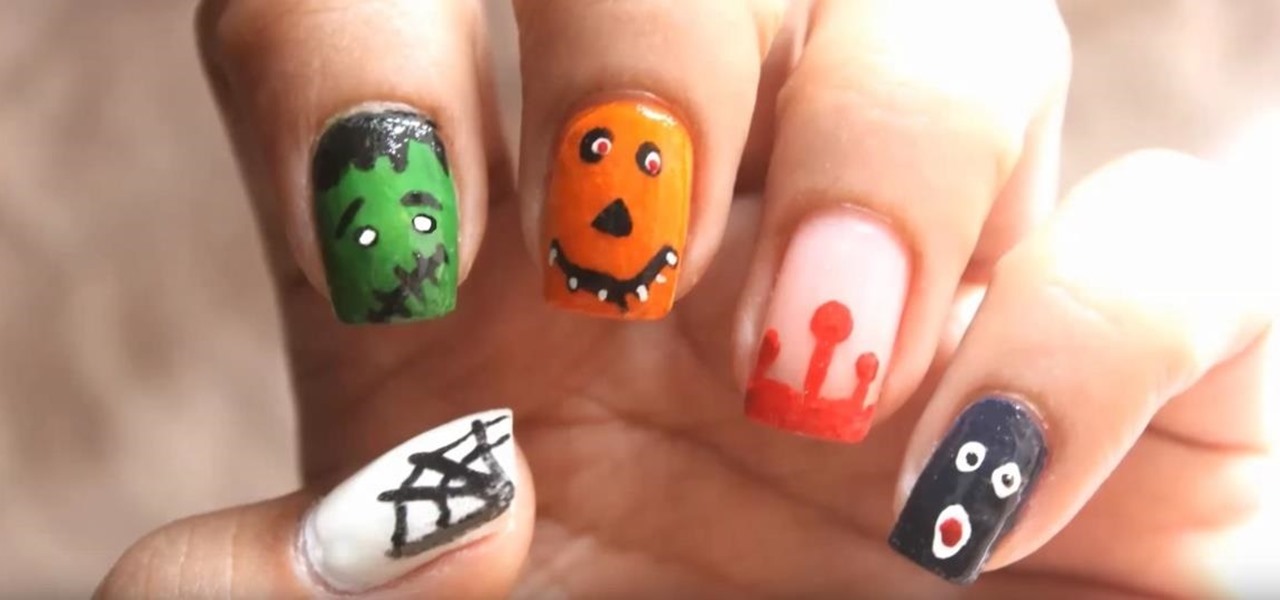
Beginners, get a salon like manicure NOW! * Check out this No Tools Nail Art - 5 Halloween Nail Designs for Beginners!
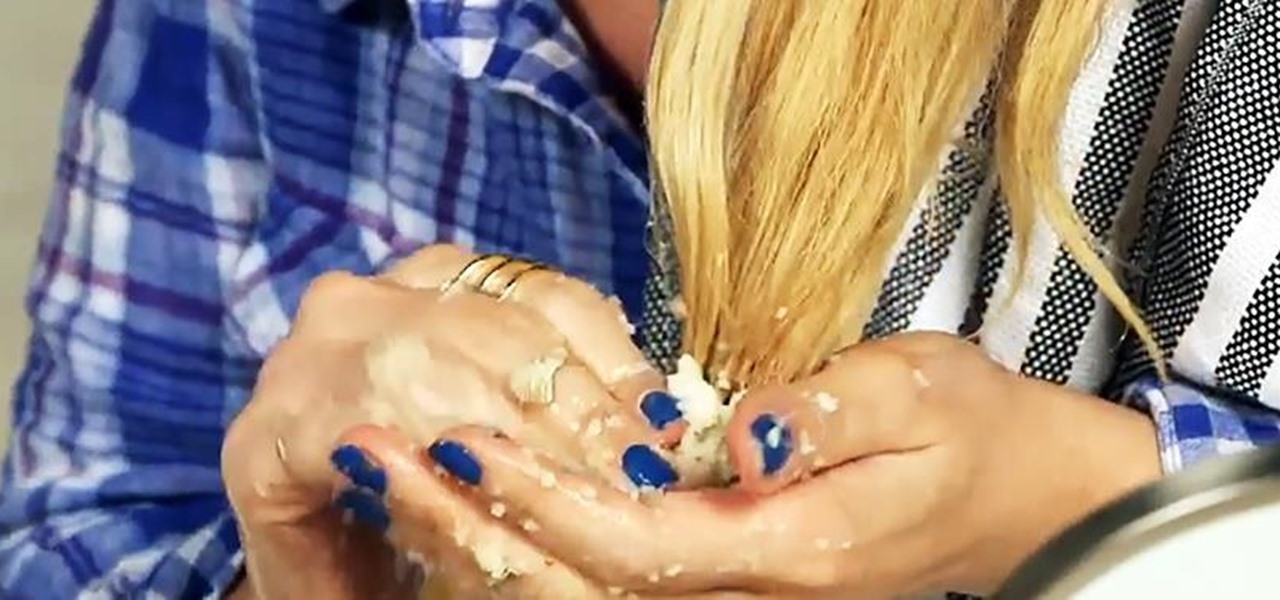
Whether you paid a few hundred bucks at the salon or just used the drugstore boxed stuff, it sucks when your hair color doesn't turn out the way you want. You can lighten the overall color with vitamin C, but if you're specifically looking to remove brassy tones from blonde hair, there's a better way to go.

Christi Maroney shows us how to hold a salon staff meeting. Part 1 of 6 - How to Hold a salon staff meeting.

French cosmetics giant L'Oréal isn't wasting any time putting its new subsidiary, ModiFace, to work. On Thursday, the company launched a new tool that enables a photo-realistic augmented reality simulation of nail polish shades and textures to be accurately displayed on a user's fingers in real time.

For many of you, the carving fork only comes out at Thanksgiving as an essential turkey-slicing aid. Perhaps you pull it out of the knife block to slice up the occasional roast. But the carving fork (also known as kitchen fork) can be used for many more tasks around the kitchen, and some of the more unusual involve your favorite shellfish.

ThreadBanger demonstrates how to make recycled bleached skinny jeans. First, put on the jeans and if they are too big, pinch them at the back and mark them with tailor's chalk. Fold under the jeans at the bottom and mark the desired length with the chalk. Open up the seam of both pant legs with a seam ripper. Seam rip the back part of the jeans and the top band. Cut along the chalked lines. Redraw the seam and pin the pants. Sew along the chalk lines. Use pinking shears to cut away the excess...

In this video from handmadetv we learn how to season and prepare chicken for grilling. You want to marinate your chicken before grilling. Marinades are made with a wide variety of seasonings. An Asian inspired one with ginger, garlic, red pepper flakes, sugar, sesame oil, and soy sauce, are mixed together to make a marinade. You don't have to worry about exact measurements. Change them up as you like. The container or bag can be left at room temperature for 30 minutes or 24 hours in the fridg...

Looking for a cool new party dip? Try Betty's super fast Mexican style meat and cheese dip! It goes great poured over food or with tortilla chips! No party is complete without the dip, so why not spice it up and go Mexican?

Join parallel sticks with shear lashing. Potentially--if you did this to enough sticks--you could build a house this way. It might take one hundred years but, let's face it, you probably have time if you are on this site.

Get your toes in top shape without stepping foot outside the home with this pedicure tutorial. Learn how to make a foot scrub from products at home and get your feet soft and smooth. Watch this how to video and you can get a salon style pedicure at home.

In this tutorial, professional chef Jason Hill shows you how to cut up a chicken into eight parts and get more bang for your buck. Follow along as Jason shows you exactly where to cut and pull for any recipe.

In this video, Dan the Lobster Man instructs on how to make "Campfire Lobster Tails." Dan starts out with two New Zealand coldwater tails. First, he instructs us to quarter some lemons. To open the tail, take the tail and push down on it - you should hear the shell crack. Take a pair of lobster shears and cut in the middle, breaking the tail a little more, and slice down the middle of the meat. Take the melted butter and pour it on the middle. Squeeze some lemon juice in there as well. Butter...

As a Boy Scout, when the First Class rank is attained, a scout has learned all the basic camping and outdoors skills of a scout. He can fend for himself in the wild, lead others on a hike or campout, set up a camp site, plan and properly prepare meals, and provide first aid for most situations he may encounter. A First Class scout is prepared.

It’s frustrating trying to cut with a pair of dull scissors. Make sure you have a good time in the kitchen by sharpening your shears. Just stack several pieces of aluminum foil and cut through them with your scissors to get those blades sharp.

In this hair tutorial you will learn how to trim your bangs and thin your hair. You will need a hairbrush, hair clips, trimming shears, and thinning shears. Watch this how to video and you will be able to trim your own bangs at home.

Check out this video to get tips on how to shear an alpaca.

Check out this video to learn how to use pattern shears to cut pattern for your next stained glass project.

exist†trace is a popular Japanese all-female metal band, and their singer Miko is something of a heavy metal beauty queen for modern times. This video will teach you how to replicate her makeup look from the band's video for "Vanguard".

Controlling curly hairstyles can be difficult because of humidity, length and frizz. Learn to style long, short, straight and natural curly hair with expert tips from an Aveda salon instructor in this free hair care video series.

Adrian Higgins is the extraordinary garden writer for the Washington Post and shares with us his tip for cutting back ornamental grass. Spring is late in Washington this year which is good because we haven't gotten around to cutting back our grasses. This is a vital late winter chore because if it isn't done before new growth emerges, cutting could damage the new growth. Different people have different techniques depending on the grass and tool. Adrian doesn't like to use pruners for this tas...

This hair tutorial teaches you how to use an at home foil highlighting kit. Save money on trips to the hair salon by applying highlights and lowlights at home. Watch this how to video and get salon perfect highlights for your hair at home.

At one time or another, every parent has thought about taking off the belt, but that's frowned upon in our current society, perhaps even illegal. Even using you hand could be too harsh for the child's sake, but there are ways to get your unruly tot under control. Toddlers are often headed for trouble, but you can steer them in the right direction without spanking.

Betty always cooks up something tasty! Watch as she shows you how to make simple, baked chicken tenders breaded with panko bread crumbs. Yummy!

Michele Knaus, from EatLikeAChef, shows how to prep an artichoke. 1. Remove thorny pieces on the ends with kitchen shears. 2. Remove out-most layer of artichoke leaves. 3. Prep the stem by peeling with a peeler. Peel like a carrot. It is good to leave the stem on because it has a nice taste and it is a good way to tell if an artichoke is done. The stem will bend when tender. 4. To get inside of the artichoke, take the entire top off. Use a large, sharp knife to do this. 5. Gently slide open w...

This is one of the biggest mistakes women make when it comes to eyebrows. Many women become overly aggressive when it comes to plucking their brows and end up with thin or almost nonexistent brow hairs. Unfortunately, eyebrow hairs can take months to grow back and, in some cases, plucked eyebrow hairs may not grow back at all, particularly after years of over plucking. Stop plucking and give your eyebrows a chance to grow back to their natural state. In the meantime, you can use a soft eyebro...

This video is about cutting your own hair whether long or short. It's more for maintenance than for cutting a style. You need a pair of barber shears, a spray bottle to keep hair moist, comb, masking tape and ruler. The hair should be freshly washed and wet hair. Comb the hair out. To get the hair even, measure from the ear down or use the ruler and measure 1/4 inch or the amount you want to remove. Pull hair straight and taut. Work one side at a time in small sections. Snip hair straight acr...

Make your eyes look bigger and brighter by lengthening your lashes. You Will Need

Vines create the perfect look when grown over a trellis, arbor, or arch. You Will Need

Repotting a plant is a simple task when you know all the right steps. Whenever a plant outgrows its container, it should be replanted in a new pot.

Walk right past that pricey salon and head to the grocery store instead. Tame your frizz for less at home! This video will show you how to make a banana hair mask to combat frizz.

Tired of hearing, "Is that my glass?" at gatherings? End the confusion by creating simple charms that will help everyone hang on to their own drink. Check out this Howcast video tutorial on how to make wine glass charms.

Check out Brian Brushwood and Scam School's Penny Prediction scam. No matter what the setup, the very best scams are the ones that let the mark think they're on top, only to get punked in the end. That's what makes the penny prediction so great!

This video series shows you everything you need to know about completing a model from photographs in SketchUp. It follows Chapter 7 of the book Google SketchUp for Dummies. PART 1 shows you how to add photos to faces. PART 2 explains how to move, scale, rotate, shear and distort your texture. PART 3 shows you how to stretch a photo over a face (of your object that is)! PART 4 shows you how to stretch or scale the model until the photo texture looks right. PART 5 covers how to map photos to fa...

When roast chicken is concerned, perfection is hard to attain. The reason for this is surprisingly simple: the light meat and the dark meat should be cooked to different temperatures. Ideally, chicken legs should be cooked to at least 170°F, while breasts should be cooked to 150°F. Naturally, this poses a conundrum: how can you cook two parts of the chicken to two different temperatures, without taking the bird apart?

In this series of video clips, you’ll learn tips and techniques for using various types of metal shears, including how to use hand-held and foot-operated types of metal shears, and how to use a metal press and metal hole punch. Expert Jon Olson offers advice on cutting procedures, the proper clothing and precautions, and advice on maintaining and cleaning metal shears. Jon also covers the electrical requirements for operating an electric shear, the various points of danger when operating the ...

Looking for a hardcore rock and roll image but don't know how to play an instrument? Mix styles from punk rock and goth to ’80s hair bands; and get the extreme look of Japanese rock musicians without ever lifting a guitar.









